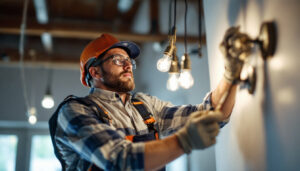
Warehouse lighting is a critical component of any successful warehouse operation. It not only enhances visibility but also contributes to safety, efficiency, and productivity. Proper lighting helps workers navigate large spaces, reduces the risk of accidents, and can even influence employee morale. For lighting contractors, understanding the nuances of warehouse lighting can lead to better design choices and client satisfaction.
Safety is paramount in any warehouse environment. Poorly lit areas can lead to accidents, injuries, and costly downtime. A well-lit warehouse allows employees to see clearly, reducing the likelihood of trips, falls, and collisions. Moreover, adequate lighting is essential for emergency situations, ensuring that exits and safety equipment are easily identifiable. In addition to general illumination, the use of motion-sensor lights in less trafficked areas can enhance safety by ensuring that light is only activated when needed, thus conserving energy while still providing necessary visibility. Furthermore, incorporating different lighting levels can help highlight potential hazards, such as uneven flooring or low-hanging equipment, making it easier for workers to navigate the space safely.
Studies have shown that proper lighting can significantly enhance productivity. In a well-lit environment, workers are less likely to experience eye strain and fatigue, allowing them to maintain focus on their tasks. Furthermore, the right lighting can help streamline operations by illuminating critical areas such as loading docks and storage spaces, making it easier to locate items and complete tasks efficiently. Additionally, the color temperature of the lighting can play a crucial role in worker performance; cooler light temperatures can promote alertness and concentration, while warmer tones can create a more relaxed atmosphere. This nuanced approach to lighting design not only aids in task execution but also fosters a more pleasant working environment, which can lead to higher job satisfaction and retention rates among employees. By investing in quality lighting solutions, warehouse managers can create spaces that not only function effectively but also support the well-being of their workforce.
When it comes to warehouse lighting, several options are available, each with its own set of advantages and disadvantages. Understanding these options is essential for lighting contractors to make informed recommendations to clients.
LED lighting has become the go-to choice for many warehouses due to its energy efficiency and long lifespan. LEDs consume significantly less energy compared to traditional lighting options, which can lead to substantial cost savings over time. Additionally, their durability and low heat output make them ideal for large spaces that require consistent lighting. Beyond energy savings, LEDs also offer flexibility in design, with options for dimming and color temperature adjustments, allowing warehouses to create the perfect ambiance for their operations. Furthermore, the reduced maintenance frequency associated with LED lighting can free up valuable resources, enabling warehouse managers to focus on other critical aspects of their operations.
Fluorescent lights have been a staple in warehouses for years. They provide bright, even lighting and are relatively inexpensive to install. However, they can have a shorter lifespan than LEDs and may require more frequent replacement. Fluorescent lights can also flicker and take time to warm up, which may not be ideal in fast-paced environments. Despite these drawbacks, they remain popular due to their initial cost-effectiveness and the ability to cover large areas with fewer fixtures. Moreover, advancements in fluorescent technology, such as high-efficiency T5 and T8 bulbs, have improved their performance, making them a viable option for warehouses that prioritize budget over long-term energy savings.
HID lighting, including metal halide and high-pressure sodium lamps, offers high lumen output and is suitable for large warehouse spaces. While they provide excellent illumination, HID lights can take time to warm up and may not be as energy-efficient as LEDs. Additionally, they can produce a significant amount of heat, which may require additional cooling solutions in some warehouses. However, HID lighting is often favored for its ability to penetrate deep into large areas, making it ideal for warehouses with high ceilings or extensive racking systems. The color rendering of HID lights can also enhance visibility for tasks requiring precision, although this varies between different types of HID lamps. As such, warehouses must weigh the benefits of high output against the operational costs and maintenance needs when selecting HID as their lighting solution.
Designing an effective lighting plan for a warehouse involves several key considerations. Lighting contractors must take into account the specific needs of the warehouse, including its layout, activities, and the type of products stored.
The layout of a warehouse plays a crucial role in determining the lighting design. High ceilings, narrow aisles, and large open spaces all require different lighting strategies. For instance, areas with high ceilings may benefit from high-bay lighting fixtures that can provide adequate illumination from a distance. Conversely, narrow aisles may require focused lighting to ensure that products are easily visible.
Different tasks within a warehouse may require varying levels of illumination. For example, picking and packing areas may need brighter lighting to ensure accuracy, while storage areas may not require as much light. Implementing task-specific lighting solutions can enhance efficiency and reduce energy costs by ensuring that only necessary areas are illuminated.
In today’s environmentally conscious world, energy efficiency and sustainability are more important than ever. Lighting contractors must be aware of the latest technologies and practices that can help warehouses reduce their carbon footprint.
Smart lighting systems offer a range of benefits, including energy savings and enhanced control. These systems can be programmed to adjust lighting levels based on occupancy, natural light availability, and time of day. By utilizing smart technology, warehouses can significantly reduce energy consumption and operational costs.
Incorporating natural light into warehouse designs can further enhance energy efficiency. Daylight harvesting involves using windows, skylights, and light tubes to bring natural light into the space. This not only reduces reliance on artificial lighting but also creates a more pleasant working environment. Properly designed daylighting systems can lead to significant energy savings and improve employee well-being.
Lighting contractors must also be familiar with local regulations and compliance standards related to warehouse lighting. These regulations often dictate minimum illumination levels, fixture placement, and energy efficiency requirements.
Organizations such as the Illuminating Engineering Society (IES) provide guidelines on recommended illumination levels for various tasks and environments. Understanding these standards is essential for ensuring that the lighting design meets safety and productivity requirements. Failure to comply with these standards can lead to legal issues and increased liability for warehouse operators.
Many regions have implemented energy codes that require warehouses to meet specific energy efficiency standards. Lighting contractors should stay informed about these codes, as they can affect the choice of lighting fixtures and systems. Additionally, various incentives and rebates may be available for warehouses that invest in energy-efficient lighting solutions, providing financial benefits to clients.
Regular maintenance of warehouse lighting systems is essential to ensure optimal performance and longevity. Lighting contractors should advise clients on best practices for upkeep to minimize downtime and maintain safety.
Conducting routine inspections of lighting fixtures can help identify issues before they become significant problems. Contractors should recommend a schedule for checking bulbs, lenses, and fixtures for wear and damage. Early detection of issues can lead to timely repairs and prevent disruptions in warehouse operations.
Dust and debris can accumulate on lighting fixtures, reducing their effectiveness. Regular cleaning of fixtures is necessary to maintain optimal light output. Additionally, contractors should educate clients on the importance of timely bulb replacement, as even a few burned-out bulbs can significantly impact overall illumination levels.
The warehouse lighting industry is continually evolving, with new technologies and trends emerging regularly. Staying informed about these developments can help lighting contractors provide the best solutions for their clients.
Human-centric lighting focuses on creating environments that support the well-being and productivity of workers. This approach considers factors such as color temperature, light intensity, and circadian rhythms. By designing lighting systems that mimic natural light patterns, warehouses can enhance employee satisfaction and performance.
The Internet of Things (IoT) is transforming warehouse operations, including lighting. Smart lighting systems that integrate with IoT devices can provide real-time data on energy usage, occupancy, and maintenance needs. This data can help warehouse managers make informed decisions about lighting adjustments and upgrades, leading to increased efficiency and cost savings.
Warehouse lighting is a complex yet vital aspect of warehouse operations. For lighting contractors, understanding the various types of lighting, design considerations, energy efficiency, compliance, maintenance, and emerging trends is essential for delivering effective solutions. By staying informed and adapting to the evolving landscape of warehouse lighting, contractors can ensure that their clients benefit from safe, efficient, and productive environments.
In a world increasingly focused on sustainability and efficiency, the role of lighting contractors in warehouse design and implementation cannot be overstated. By embracing new technologies and best practices, they can help create spaces that not only meet regulatory standards but also enhance the overall operational effectiveness of warehouses.
Ready to elevate your warehouse lighting solutions? Look no further than LumenWholesale for a comprehensive range of top-quality, spec-grade lighting products at unbeatable wholesale prices. Our extensive selection is designed to meet the highest industry standards, ensuring you deliver safe, efficient, and productive environments for your clients. With free shipping on bulk orders, you can access premium lighting at the best value — all without hidden fees or compromises. Wholesale Lighting at the Best Value is just a click away. Experience the LumenWholesale difference today and light up your projects with confidence and convenience.
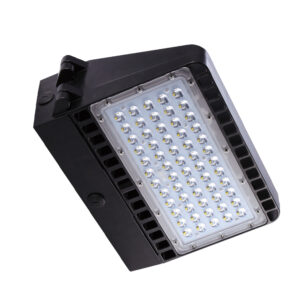
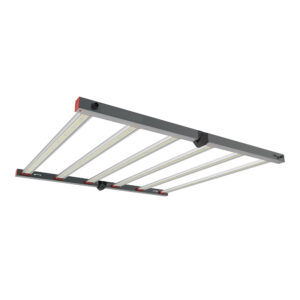
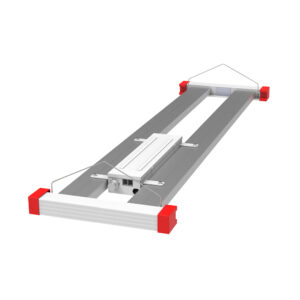
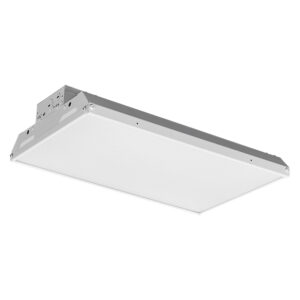

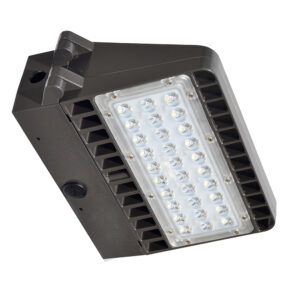

Discover why opting for local distributors when purchasing grow lights in bulk might not be the best decision.

Discover the essential insights every lighting contractor needs to know about solar lighting.
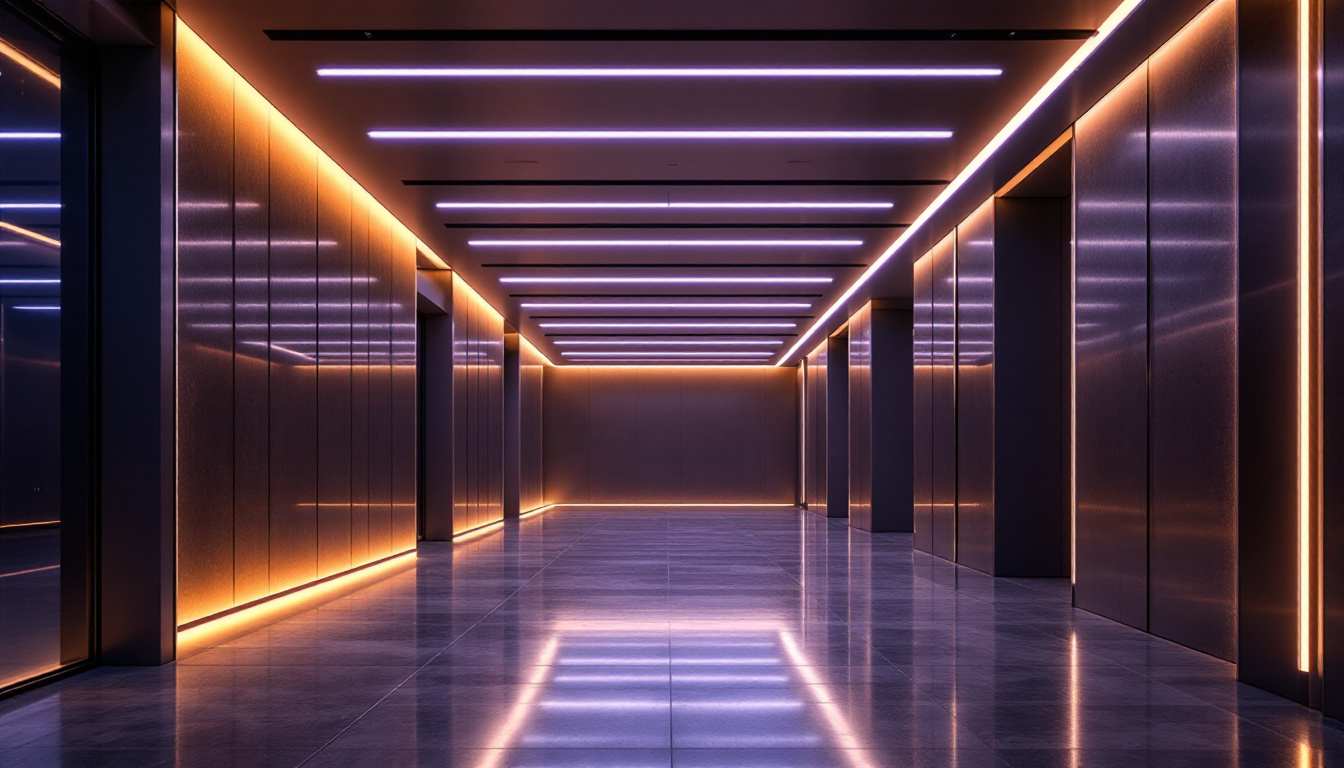
Discover the essential insights lighting contractors need to master architectural linear lights.

Discover essential insights into fluorescent light bulbs tailored for lighting contractors.
Get notified when NEW deals are released.
Optimize your budget with wholesale discounts.
Only top-quality, specification-grade lighting products.
No additional costs at checkout - what you see is what you pay.
We understand the unique needs of contractors.